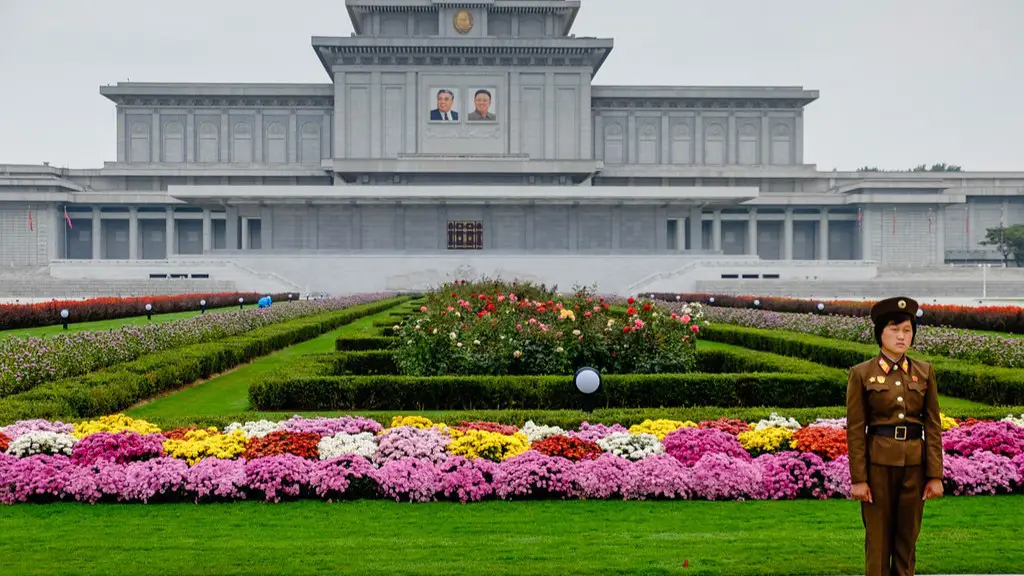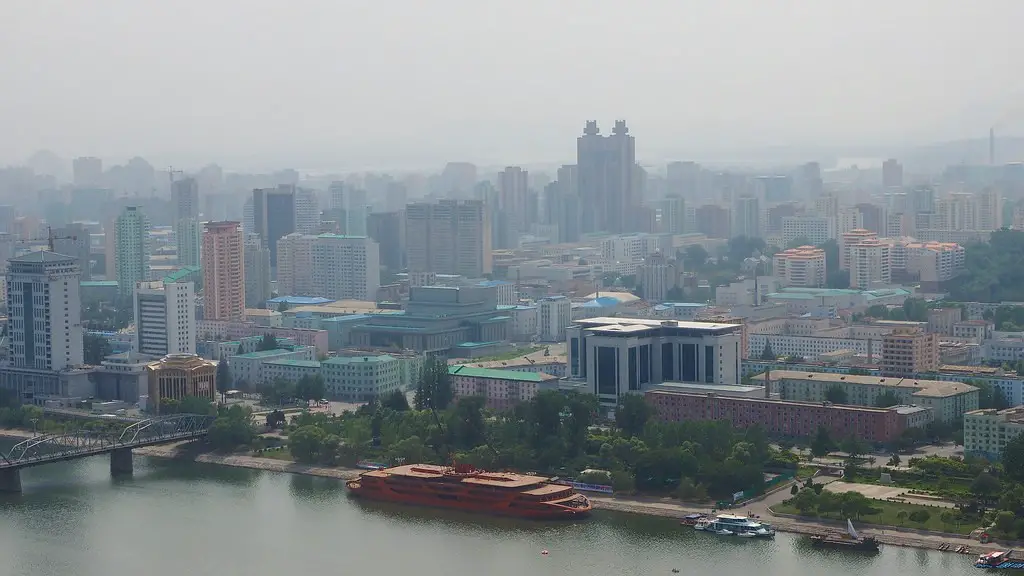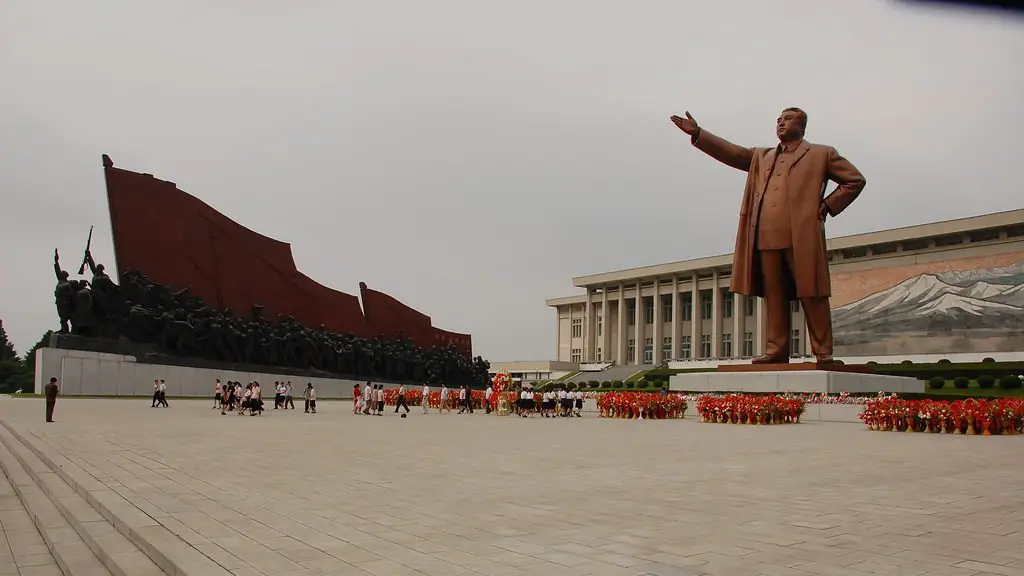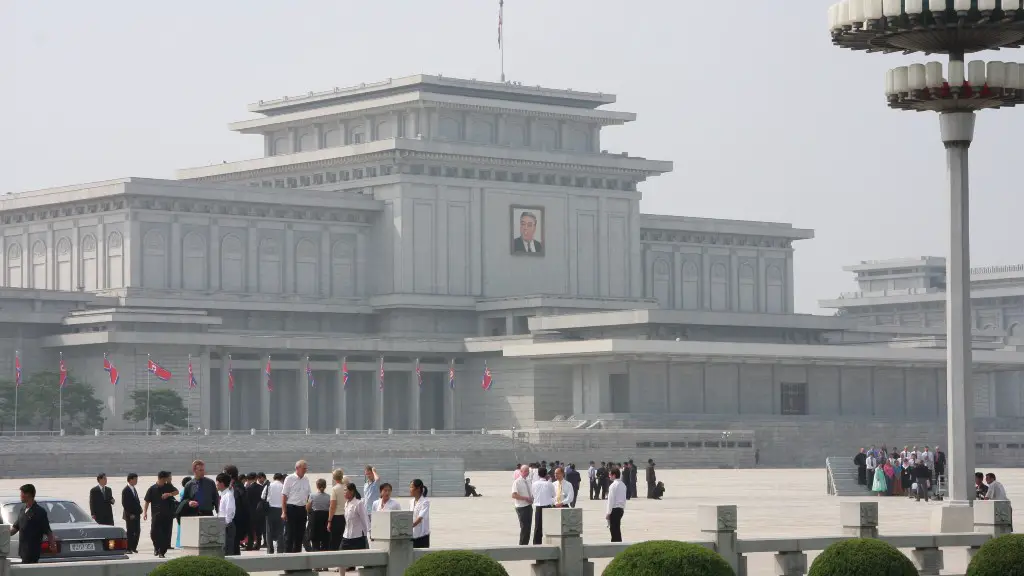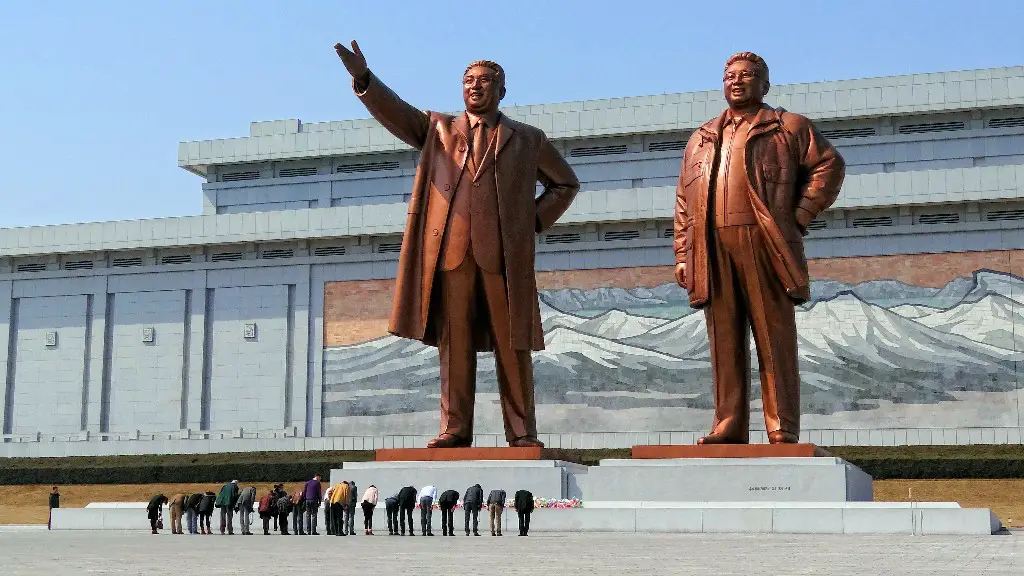North Korea is a notoriously isolated country and its closed system has not just affected its people but also the environment. The lack of lights at night in North Korea is a long-standing issue but little is known about why this continuing darkness exists. The nighttime blackout has become an integral part of the lives of North Koreans and lies at the heart of the country’s desperate lack of development.
A contributing factor for the darkness is North Korea’s dilapidated power supply. Vital infrastructure, such as power stations, is in severe need of repair leading to regular power cuts and restricted access to electricity. In addition to this, oil supplies remain inadequate to heat homes, provide extended electricity to run night time lighting and power industrial machinery. Rolling blackouts mean that access to electricity is limited and has further exacerbated the darkness.
Unreliable power supply and limited resources mean that public lighting is out of reach for many North Koreans. Without light on the roads and in cities, North Korea hosts a deep darkness at night that gives little indication of its economic and industrial development. Even in Pyongyang, the country’s capital and most vibrant city, the darkness is pervasive.
North Korea has one of the lowest GDPs in the world, making it difficult to fund repairs to the ailing infrastructure and further power investment. Outsiders are rarely made aware of how deep the darkness runs in North Korea and the level of suffering which its citizens endure on a daily basis. In addition, North Korea’s secretive government exercises strict control over water, electricity and other fuel supplies to prevent defectors from illegally entering into neighbouring countries.
Despite the challenging circumstances in North Korea, there is some hope for ending the darkness. Renewable energy projects, such as solar-powered lighting for roads, will gradually bring brighter days for the people of North Korea. Solar panels, installed by the UN, will provide a much-needed energy source to fuel economic growth and brighten public lighting. This can open a window to the world through increasing communication, technology and trade.
Although the darkness experienced in North Korea can be overwhelming, some citizens are determined to make their lives brighter. Local charity organisations have successfully introduced low-cost, solar-powered lamps and light products to the country. This is allowing North Koreans to gain access to a reliable source of light while helping keep costs low and reducing pollution. These small steps are vital, not just for light but for breaking through the dark and dangerous cycle that North Korea has been in for so long.
Economic and Political Inequality in North Korea
North Korea remains a country where the concerns of poorer citizens are often ignored in favour of the political elite. Economic hardship continues to negatively impact global perceptions of North Korea, with the country ranking last of all countries studied in a survey conducted by the World Economic Forum. This economic inequality has been exacerbated by the strict political system in North Korea which restricts the fundamental civil and political rights of citizens.
The ruling party controls the media and access to information, meaning that most citizens do not have the capacity to challenge the government. This can lead to a lack of understanding of issues such as poverty, leading to a disconnect between the elite and the wider population. The majority of North Koreans also struggle to access basic healthcare and education. As a result, the disparity between classes is starkly felt inside the nation.
The situation in North Korea has been recognised globally and there have been efforts to address the situation. In 2017, the United Nations General Assembly began introducing sanctions to put pressure on the North Korean government to improve the human rights situation. However, the sanctions failed to induce tangible changes.
In addition to economic and political inequality, North Koreans suffer from an unequal access to basic human rights, including the right to light. The lack of lighting in North Korea at night can have negative impacts on the physical and mental health of people living in the country. Studies have suggested that lack of visibility in public spaces can lead to feelings of insecurity. In extreme cases, this can lead to a fear of the environment and increase the risk of violent crime.
Ultimately, it is clear that the lack of lights in North Korea at night is symptomatic of the greater issues faced by its citizens. Severe inequality between the political elite and the wider population is a major contributing factor to the darkness. Despite sanctions, actions taken by the international community have had limited success in reducing the inequality. There is an urgent need for more to be done to ensure that North Koreans are not left in the dark for much longer.
Environmental Consequences of Unreliable Power Supply
North Korea is an environmental hotspot, with an increasing number of environmental challenges arising from its inadequate power supply. The country’s main sources of electricity are fossil fuel and nuclear power, which cause pollution and upset the balance of nature. This can have serious consequences at a time when global efforts are being made to combat climate change.
Air pollution is one of the most pressing environmental issues in North Korea. Burning of coal is one of the main factors that contributes to air pollution. Coal reserves are particularly low in North Korean power plants, meaning that they rely heavily on imported coal. Regulations on coal burning are also not enforced adequately, leading to a huge contribution to the levels of air pollution.
In addition, nuclear energy has been used to produce electricity in North Korea as it is cheaper than other forms of energy such as oil and gas. However, nuclear power is also highly hazardous and if not managed properly, can cause irreparable damage to the environment and human health. For example, nuclear radiation can be released into the environment and this can have severe consequences for the environment and its inhabitants.
The inadequate infrastructure and limited resources mean that North Korea does not have access to renewable energy sources such as solar and wind power. These are important resources for reducing environmental impacts, but North Korea has been unable to tap into these sources due to a lack of resources and technological advancement. This has further increased the environmental damage caused by the power supply in the country.
The ongoing darkness in North Korea has many negative impacts on the environment, as well as its people. Unreliable power supply and limited access to renewable energy sources have caused air pollution, nuclear radiation and other environmental damages. The international community must act to ensure that North Korea has access to cleaner sources of energy, in order to protect the country’s fragile environment and its citizens’ health.
Responses of North Koreans to the Lack of Light
The lack of light in North Korea has had a severe impact on North Koreans’ way of life and mental health. Studies have suggested that low levels of illumination can lead to a decrease in social interaction and can lead to higher levels of anxiety. In addition, the darkness also has implications for safety and security, with cities and roads becoming unsafe zones in the absence of light.
In response to the darkness, North Koreans have developed a range of strategies to continue to live safely. Citizens tend to remain inside their homes during the night, meaning that little contact with neighbours is possible. This can lead to feelings of loneliness and isolation. Citizens have also developed survival strategies such as carrying lanterns and flashlights with them when they go out at night or painting facades of their buildings a lighter shade to make them more visible in the darkness.
The darkness has also made innovation and creativity difficult. Many North Koreans invent and design technologies and solutions to living in the darkness. For example, solar lamps have been invented to give people access to electric light and to allow for continued activity during the night. However, access to these technologies is often limited due to inadequate resources and lack of funding.
Given the lack of access to light in North Korea and the hardship that it causes, efforts must be made to address this situation. Charities have already developed and distributed solar lights, but many more resources are needed to improve the quality of life of those in the country. More support is needed from the international community to help provide access to electricity and to develop renewable energy sources that will help end the darkness in North Korea.
International Involvement in Improving Life in North Korea
International organisations have long been involved in trying to improve the situation in North Korea, with the focus mainly on humanitarian aid and providing basic supplies such as food and clothing. However, international organisations and foreign governments have failed to adequately address the root causes of the darkness and to develop sustainable infrastructure projects.
A recent report by the United Nations recommended that more international attention should be paid to North Korea. It suggested that foreign investment in infrastructure and development projects is essential for North Korea’s economic growth, access to light and improved living standards. The report also called for more collaborations between North Korea and the outside world in order to share knowledge and technologies related to lighting systems and renewable energy sources.
The US has also been actively involved in efforts to improve the lives of North Koreans. In 2018, the US provided diplomatic assistance to North Korea in order to ease tensions between the two countries and help with the implementation of economic reform. In addition, the US also provided over $8.5 million to the country to ease the electricity crisis and to help provide access to sustainable energy sources such as solar power.
These initiatives have had some success in providing access to electricity and improving living standards in North Korea. However, much more needs to be done to ensure that North Koreans are not left in the dark. International organisations and foreign governments should focus on providing access to resources and the necessary infrastructure for North Koreans to be able to live in brighter days.
Conclusion
The lack of lights in North Korea at night is a deeply rooted issue, caused by an unreliable power supply, inadequate resources and severe inequality. The darkness not only affects the quality of life of North Koreans, but also has significant environmental impacts. Understanding why North Korea is in darkness and what can be done about it is crucial in order to help combat the issue and to bring brighter days to the country.
International organisations and governments are beginning to take steps to end the darkness. Charities have brought hope through solar-powered lamps and other light products and foreign governments have shown a renewed commitment to providing resources and support. The ongoing darkness must be a source of grave concern to all people, especially as the situation in North Korea deteriorates and the people of the country suffer further.
